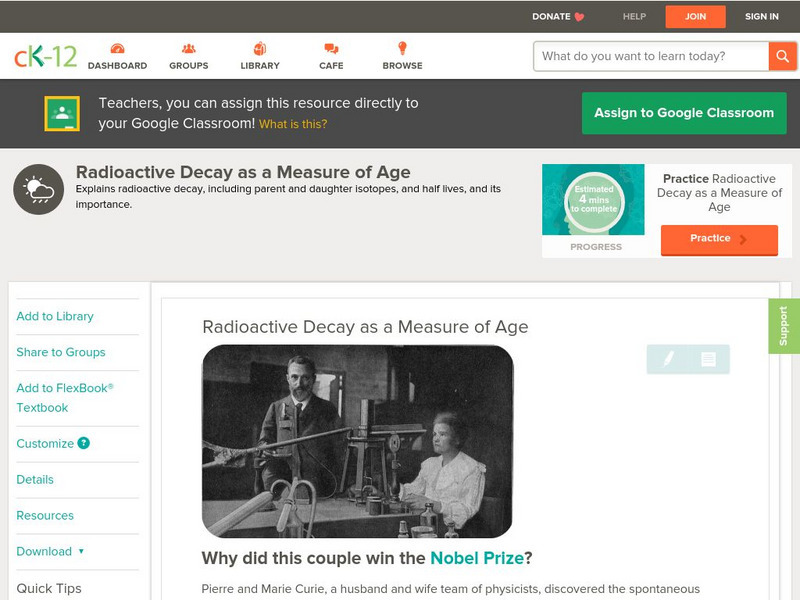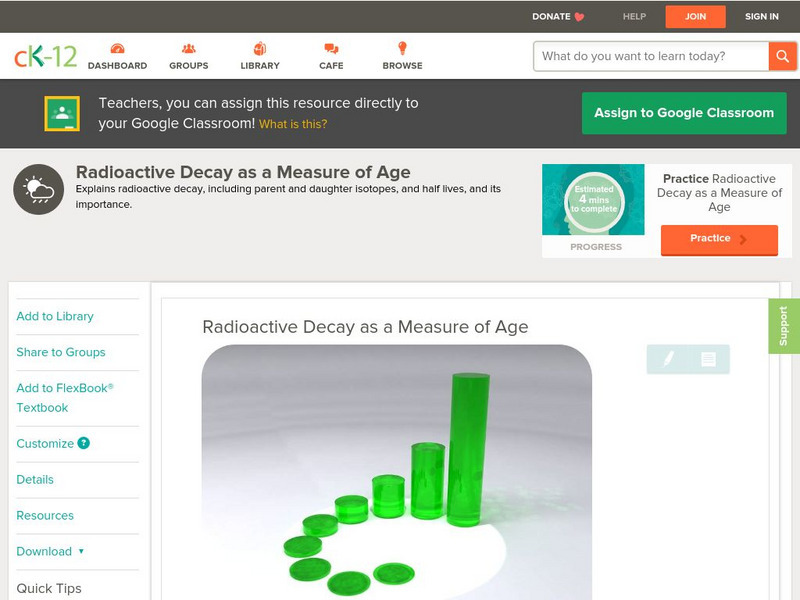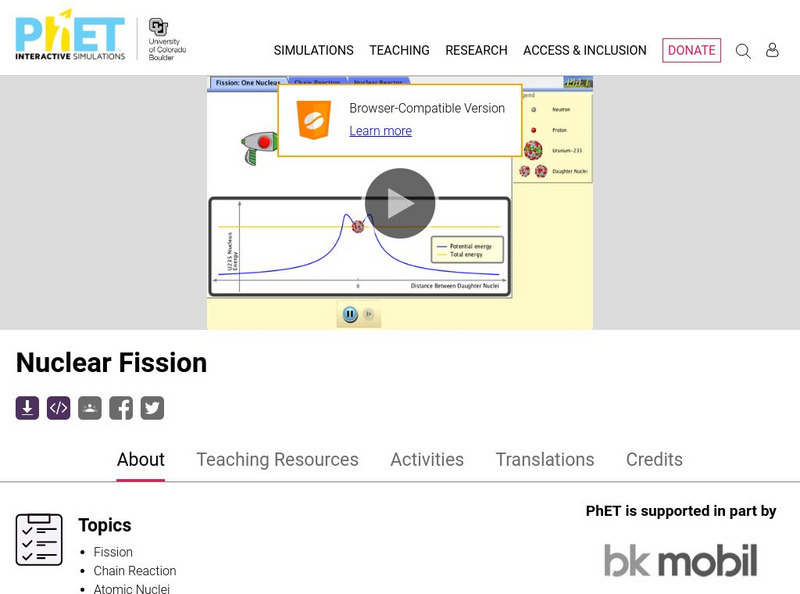Hi, what do you want to do?
Curated OER
To Renew, or Not to Renew
Students explore the various types of renewable energy. After reading articles, they discover the advantages and disadvantages of renewable energy. They also explore the challenges to switch over to using more and more renewable energy...
Curated OER
Fallout!
Learners plot the locations of fallout from two disasters that polluted much of the world's air. They plot the ash fallout from the 1980 Mt. St. Helen's eruption to see what the wind patterns in the United States look like overall. Next...
Curated OER
Air Pollution Over Where?
Young scholars predict the movement of an air borne pollutant using their understanding of air currents. They determine which governments and/or communities should be contacted to be forewarned. They also explore the properties of their...
Curated OER
A Message in a Bottle
Students investigate the motion of water currents by mapping the possible movement of messages cast into the ocean in bottles.They accurately plot the appearance of bottles on a world map and illustrate the flow of an ocean current...
Curated OER
Polishing the Petoskey
Students polish a Petoskey stone to show how to make an attractive rock display. For this polishing rocks lesson plan, students use sand paper and polishing materials to polish a rock and remove the rock dust. This is to display a nice...
Curated OER
Excavating the Past
Students discover how palaeontologists conduct a dig for fossils and how they interpret the age of the fossils. In small groups, they prepare a "dig site" consisting of bones, rocks and soil layered in a cardboard box. They switch boxes...
Curated OER
How Do We Measure Absolute Time?-Geologic Clocks
In this absolute time activity, students define radiometric dating, tree rings and varves as means to measure absolute time. They are given information about each of these methods of dating.
Curated OER
Reactor Incident
Students are introduced to Chernobyl incident and the resulting environmental health impacts they watch a PowerPoint presentation, read articles and discuss what they have gained from these sources.
Curated OER
Our Future - Nuclear Power?
Pupils comprehend that there are risks involved with using nuclear power. They write persuasive paragraphs for and against nuclear power. Students analyze the environmental issues and risks with nuclear power.
Curated OER
Elements
For this elements worksheet, students determine the atomic number, mass, number, electrons, protons, and neutrons for elements. Students review the electromagnetic spectrum. This worksheet has 1 graphic organizer and 13 multiple choice...
Curated OER
Atomic Theory
For this atomic theory worksheet, students use Planck's constant, Rydberg constant, and Avogadro's number to complete 20 multiple choice questions.
Curated OER
Electron Sqare Dance
Middle schoolers participate in an Electron Square Dance in which they act the part of atoms. They follow the structure of different atoms suggested by the teacher.
Curated OER
How does Nuclear Fission differ from Nuclear Fusion?
Students examine concepts of nuclear chemistry. They compare and contrast the topics of nuclear fission and nuclear fision. They predict the outcome of reactions based on the types of emissions and reactants.
Curated OER
Experimental Rate Law
In this reaction rate worksheet, students determine the molecularity of a reaction plus show that the predicted rate law equals the experimental rate law. This worksheet has 3 problems to solve.
Texas Education Agency
Texas Gateway: Ap Physics I: Appendices: Selected Radioactive Isotopes
This is a chart showing Selected Radioactive Isotopes including: Decay Mode(s), Energy(MeV), y-Ray Energy(MeV), and more.
Science Struck
Science Struck: Radioactive Isotopes in Medicine
Learn what radioactive isotopes are and the different ways that they are used in medicine.
CK-12 Foundation
Ck 12: Earth Science: Radioactive Decay as a Measure of Age
[Free Registration/Login may be required to access all resource tools.] An overview of radioactive decay.
CK-12 Foundation
Ck 12: Earth Science: Radioactive Decay as a Measure of Age
[Free Registration/Login may be required to access all resource tools.] An overview of radioactive decay.
Science Struck
Science Struck: Isotopes of Carbon
Describes the characteristics of carbon and what an isotope is. Presents a chart of carbon isotopes listing nuclide symbol, atomic weight, half-life, and nuclear spin, as well as a second chart listing radioactive carbon isotopes....
Chem4kids
Chem4 Kids: Isotopes
This overview of isotopes explores where isotopes come from and returning an atom to its normal state.
University of Colorado
University of Colorado: Ph Et Interactive Simulations: Nuclear Fission
Start a chain reaction, or introduce non-radioactive isotopes to prevent one. Control energy production in a nuclear reactor.
Science Struck
Science Struck: List of Radioactive Elements
Learn about radioactivity, the different types of radioactive decay, isotopes, and half-life of a radioactive element. Includes a long chart listing radioactive elements, atomic number and mass number, decay type, and length of half-life.
CK-12 Foundation
Ck 12: Physical Science: Isotopes
[Free Registration/Login may be required to access all resource tools.] Definition of isotopes, how they are named and their stability.
Physics Aviary
Physics Aviary: Practice Problems: Activity of an Isotope
Determine the activity of a radioactive sample by measuring the counts per minute that are detected by a sensor.

























